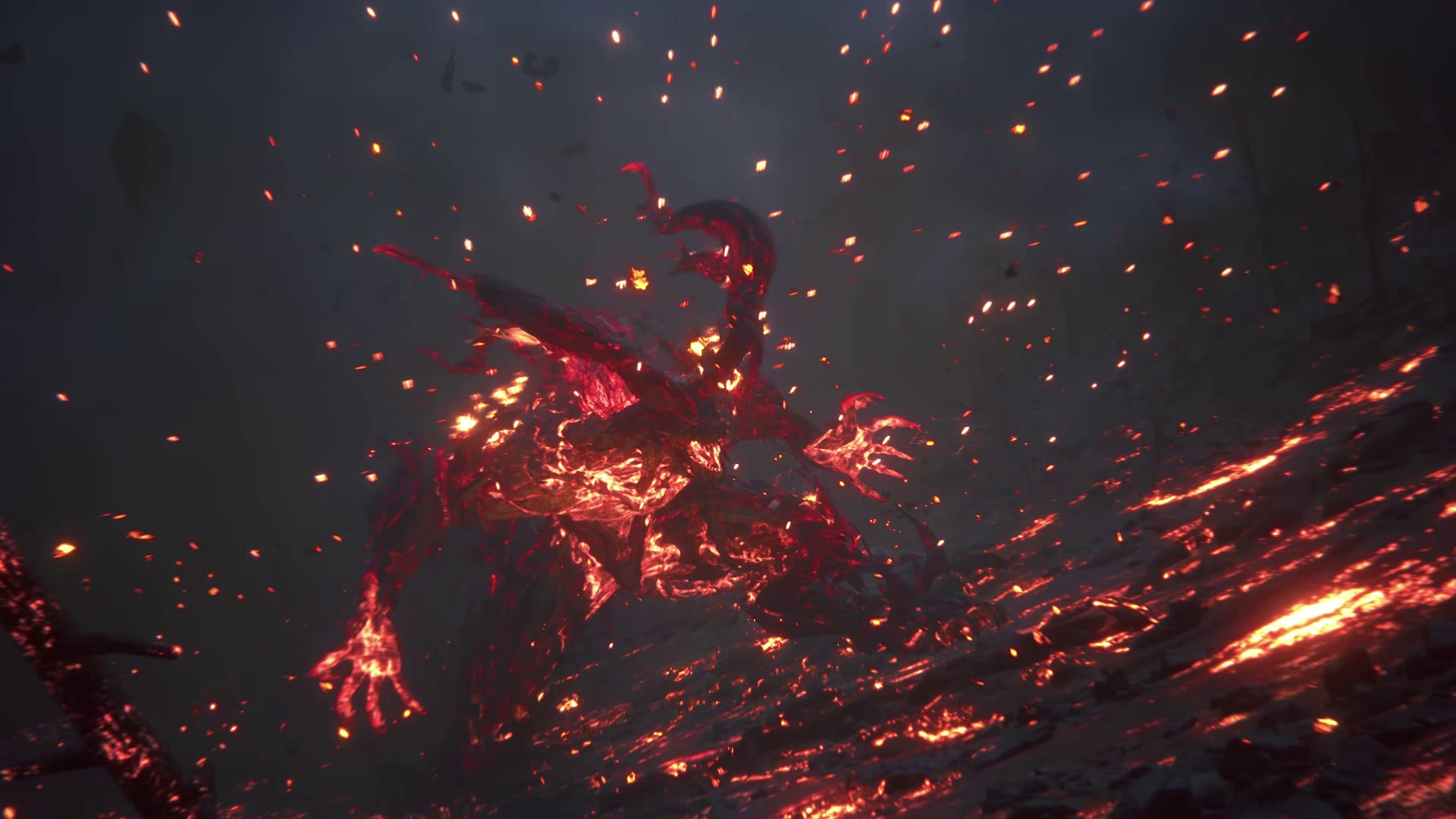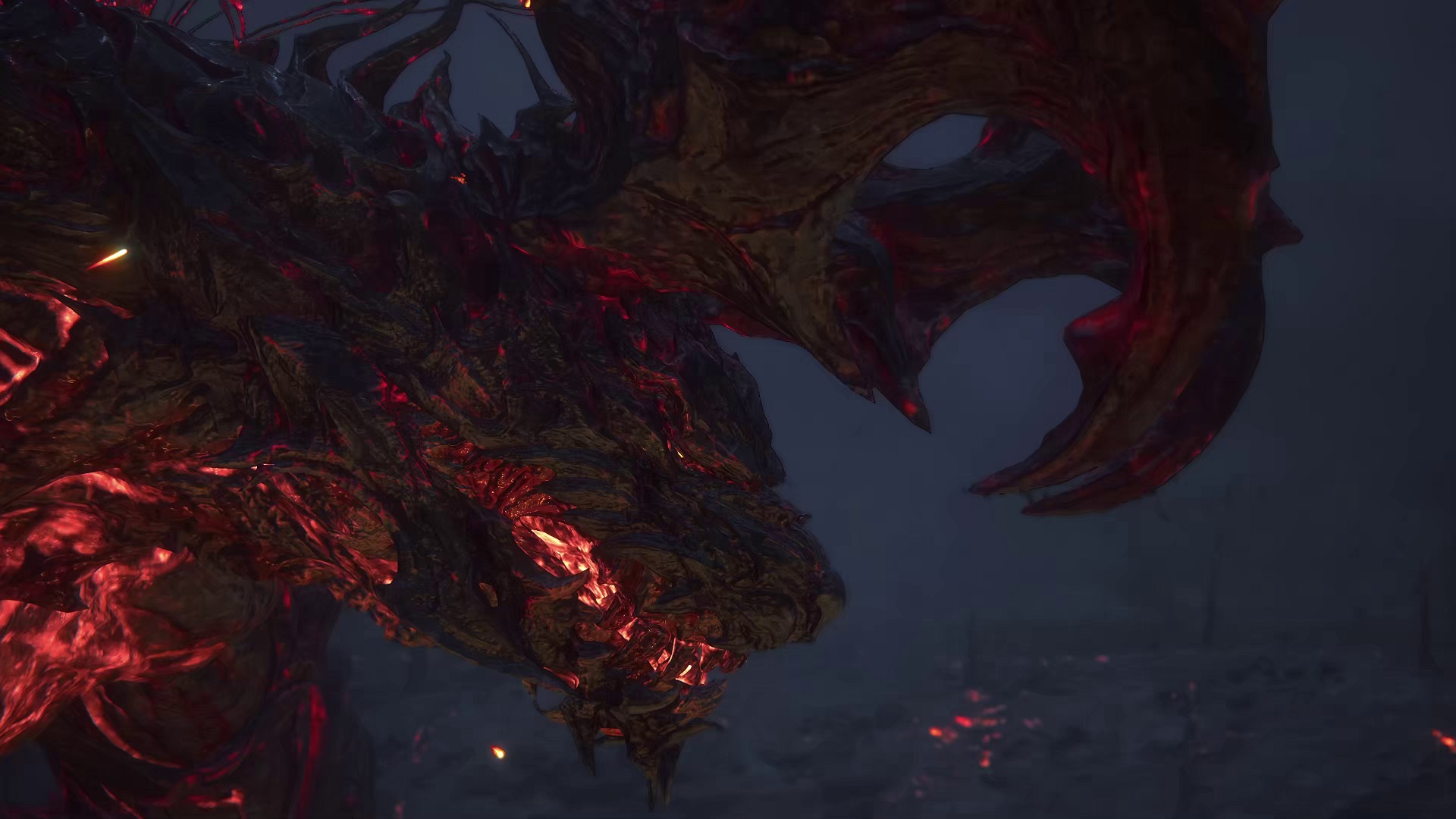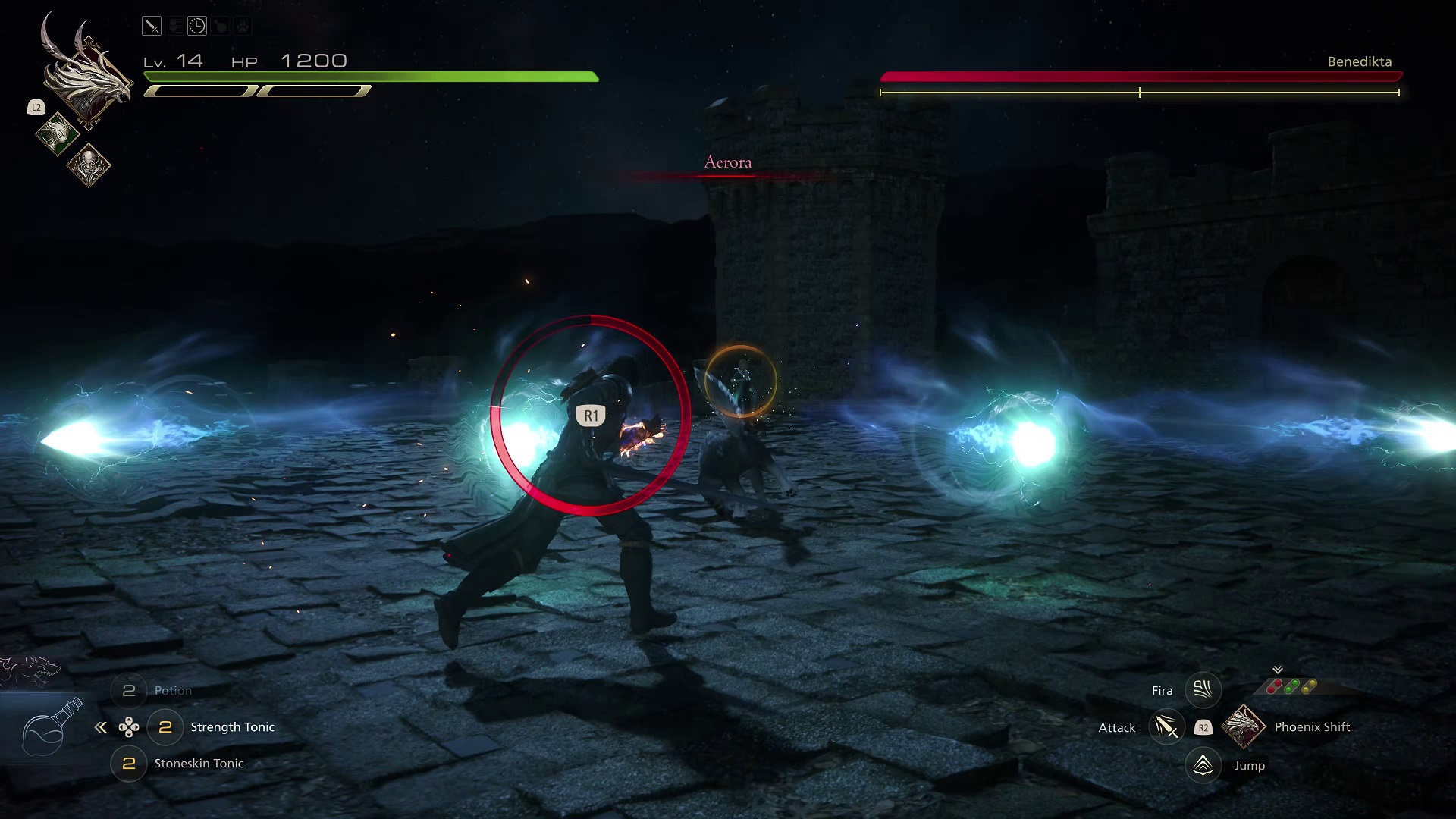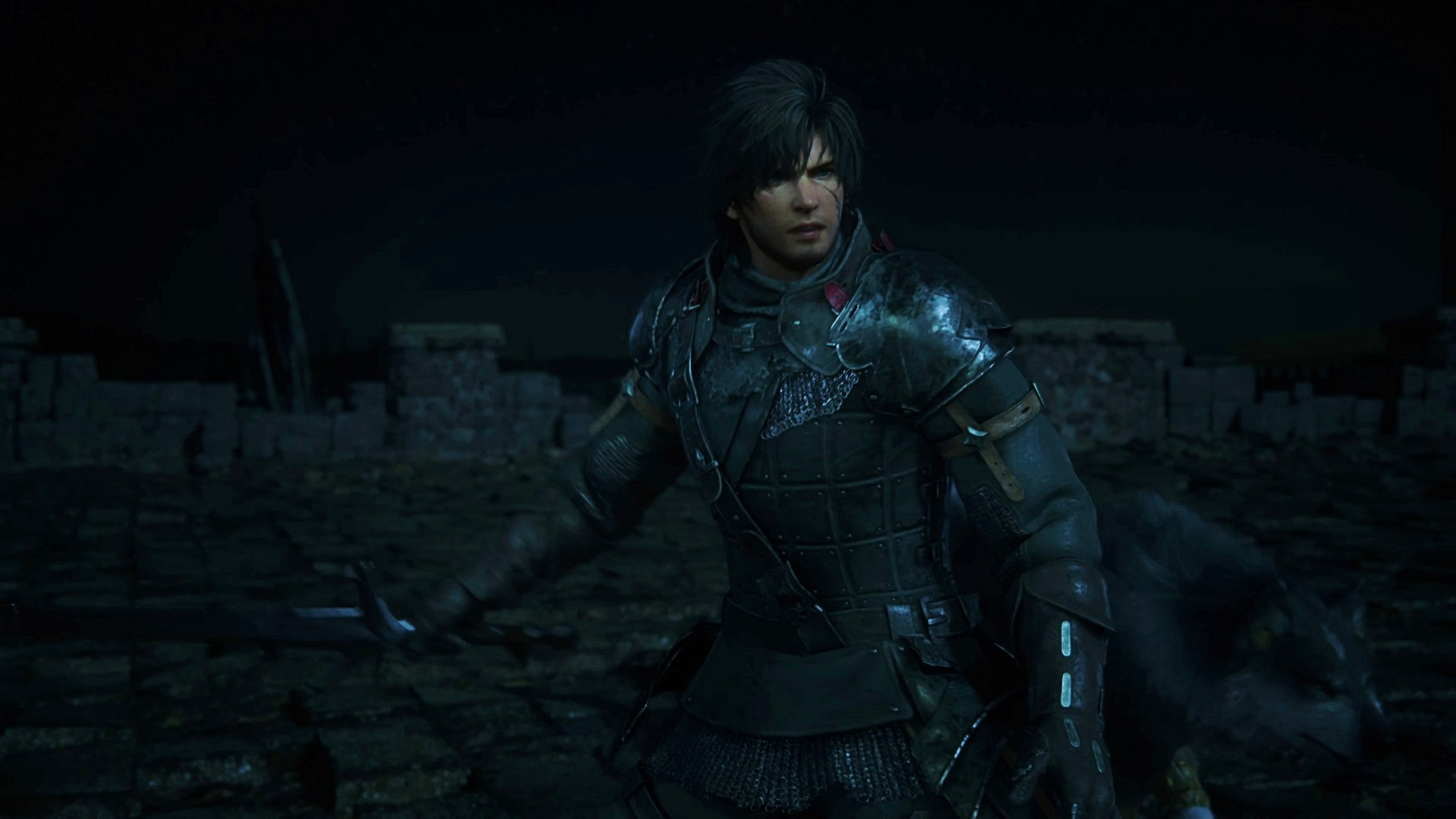Final Fantasy 16 devs on its combat: "We wanted it to be a gateway for players who aren't good at action games"
In conversation with the Final Fantasy 16 devs on crafting the real-time action battle system and cinematic boss fights

With Final Fantasy 16, the development team at Square Enix is striving to deliver approachable action, grand cinematic battles that leverage the power of the PS5, and a story and setting that takes the series back to its high fantasy roots. With the shift away from the traditional turn-based systems to real-time action – which is partly born from the advances of new technology – Final Fantasy 16 uses what producer Naoki Yoshida describes as a "twin-tiered battle system", with two types of battles.
The first sees you control Clive Rosfield and use the arsenal of abilities he channels from different summons known as Eikons. The second are large-scale battles in which Clive transforms into a huge Eikon himself, and faces off against another Eikon. From my hands-on time with the game, I got to see first-hand just how grand and cinematic the latter fights are, with multiple stages that seamlessly move into action-packed QTE sequences. As Yoshida-san explains, the idea of scaling up the battles in real-time was an ambition of his from the start.
"My first order to the team, when deciding on how we're going to create the battles, I told them that we wanted these different levels of the battles," Yoshida-san says. "That you'd start off with Clive versus something that is the same size as him, and that would scale up to Clive versus a large boss. And then that would scale up to Clive versus an Eikon, and that would scale up as Eikon versus an Eikon. And you'd have this battle scaling, but all in real-time. And all seamlessly. And all in this really speedy sense that it's all in real time and you don't get any breaks in between."
"All of that kind of focuses around the concept of the Eikon, which is one of our central themes in the game. And those Eikons, the traditional summons of the Final Fantasy series, as long as you have that and you have that main core focus, then you're going to get that Final Fantasy feel with it. And then on top of that, the inspiration came from things like Ultraman, Kamen Rider, Evangelion, Attack on Titan, that type of Japanese Tokusatsu [live action], the anime, the manga that we all grew up with is definitely an influence."
Cinematic clashes


Final Fantasy 16 preview: Approachable action, spectacular cinematic boss fights, and Torgal the dog
One fight I got to try out for the demo made for the media preview session certainly demonstrates this idea of scaling up the battle seamlessly; going from fighting an Eikon as Clive, to then embodying an Eikon myself and fighting another in real-time. It felt grand in scale and cinematic, and I can easily see how inspiration was drawn from fights in anime, particularly Attack on Titan thanks to the colossal size of the summons. But it also brought to mind modern action games like God of War (2018), which include QTE sequences not unlike those in the fight I experienced that break up the battle in memorable ways. As main director Hiroshi Takai explains, taking a cinematic approach for the battles and including QTE sequences has been done to make the fights feel like they flow into Clive's story in a seamless way.
"I mean I can't say we weren't affected by that [modern action games like God of War]," Takai-san says, " because we want to create this kind of feeling that battles are not just battles, but they're actually part of the story. And have that stretch seamlessly throughout the narrative that you have. Going from the narrative to the battles and those battles being part of the story [in order] to do this, you have these battle scenes, and you have these cutscenes in between them. But when you get to cutscenes, it becomes very static for the player, and we didn't want the player to just sit there and do nothing. So it's like, 'what can we have the player do in these cutscenes to give them a break, but still feel like they're part of the game?'"
"We didn't want it just to be a game where you're pressing a random button at a random time. We wanted that to feel like it was actually part of the battle itself. So when Clive is going in for a punch, we wanted to use the button that you use to attack. When Clive needs to get out of the way when something's coming, we want it to be the same button that you use to evade in normal battles. And then when you're going in to deliver the final punch, we wanted the button mash to get in that final blow."
Sign up to the GamesRadar+ Newsletter
Weekly digests, tales from the communities you love, and more
During these cutscenes in battle, you'll be presented with what's called Cinematic Strikes, Clashes, and Evasions that match up with the same inputs you use for Clive when attacking and dodging in combat. This does make it feel more natural, with Takai-san explaining that the QTEs are not meant to be too difficult or catch you out. There is, however, a timer for each one, so there's still the chance that you can fail. In fact, Takai-san teases that players who feel comfortable enough should purposefully fail to see what happens, with two different branches that will play out depending on success or failure. Sometimes, as Takai-san puts it, "the failures can be just as interesting as the successes."
Stylish support

"Making a system that will be fun for all gamers was my top priority"
Ryota Suzuki, combat director
I'm excited to jump into more Eikon battles and see just how they try to bring us different experiences that play to the powers of the colossal summons. What is perhaps most notable, though, is the team's approach to delivering a real-time action combat system that's enjoyable and approachable. By introducing what is known as 'Timely Accessories', you're able to equip different rings that can support you in different ways; whether that be automatically healing or giving you additional time to dodge in-coming attacks. As combat director, Ryota Suzuki-san is bringing his wealth of experience working on titles such as Devil May Cry 5 and Dragon's Dogma to Final Fantasy 16's system.
"I've spent my career making action games. And I feel that through that experience, I know exactly what those action gamers want and what the hardcore action gamers want," Suzuki-san says. "But this game, again, the core concept design is not making a game just for those gamers, it's making a game for the gamers that are Final Fantasy fans or fans that are not used to action types of games and creating something that doesn't leave them behind, and that includes them in the experience as well. And so making a system that will be fun for all gamers was my top priority."

Speaking from my own experience with the combat system, the Timely Accessories were incredibly helpful and made the action all the more enjoyable since I didn't have to worry about certain aspects of the fight. By offering up the ability to swap out the accessories, the team ultimately wanted to bring in a support system that would make the action approachable and allow players to find a comfortable set up.
"What I made sure is most important when creating this battle system," Yoshida-san adds, "is that for those users that are not very good or not comfortable with a lot of action games, when they're playing, you need to make them feel like they're really playing an action game and that they're actually good at an action game, and you want to create something that gives those players that feeling."
"So through this support system, we wanted to create something that not only allowed players to feel like they're still part of the game, but also have fun while being part of the game," Suzuki-san continues. "And we think that this support system and these accessories can do that. We wanted this game to be kind of like a gateway for players that aren't good at action games to get into the genre and show them that action games can be fun and you can be good at them and it can feel good."
Final Fantasy 16 is set to land on PS5 on June 22, 2023. Look ahead to more exciting releases with our roundup of upcoming PS5 games.

I started out writing for the games section of a student-run website as an undergrad, and continued to write about games in my free time during retail and temp jobs for a number of years. Eventually, I earned an MA in magazine journalism at Cardiff University, and soon after got my first official role in the industry as a content editor for Stuff magazine. After writing about all things tech and games-related, I then did a brief stint as a freelancer before I landed my role as a staff writer here at GamesRadar+. Now I get to write features, previews, and reviews, and when I'm not doing that, you can usually find me lost in any one of the Dragon Age or Mass Effect games, tucking into another delightful indie, or drinking far too much tea for my own good.


